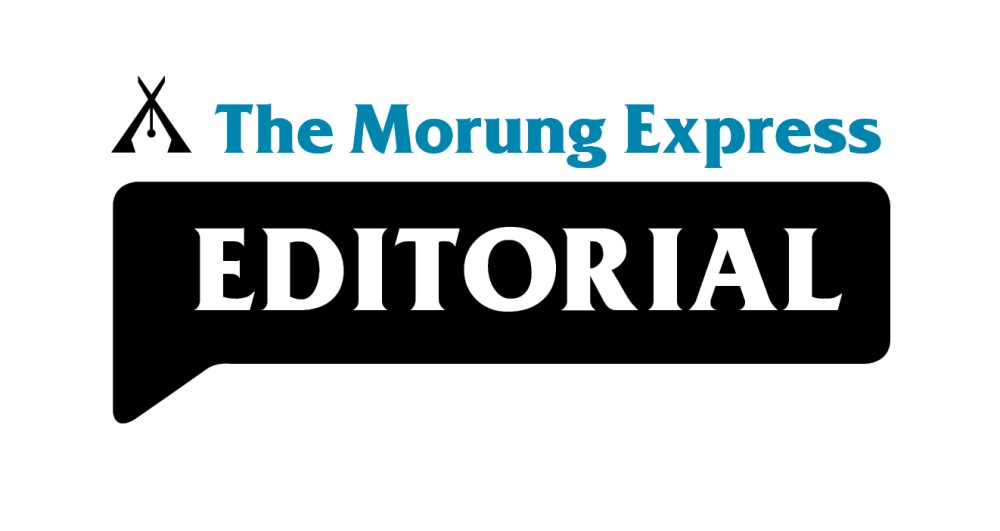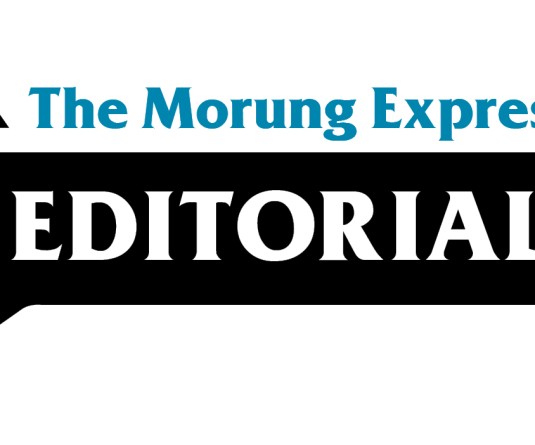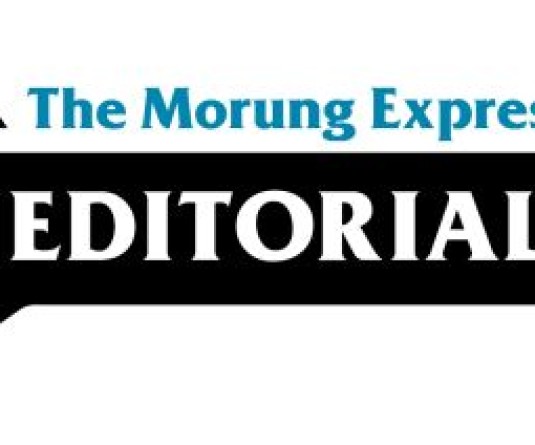
By - Imkong Walling
The term ‘media’ is often tossed about loosely and, more often than not, carries the connotation of news. This term has however a broad range of implications. It could mean anything from books and newspapers to television and internet, and the like.
How it got associated with news could be linked to the interaction between information and its various modes of distribution.
But how did ‘ETHICS’ got to be used hand in hand with media and journalism? The evolution of the connection between the two goes back to Renaissance Europe, coinciding with the invention of the printing press. It gave rise to the other term for media— PRESS.
The press or the printed medium went on to become the dominant medium of information for almost 500 years before radio, television, internet, and more recently, the advent of digital and social media.
In its early years, the printing press or publishers faced strong censorship from the sovereign. To be on the safer side, publishers introduced what are today called DISCLAIMERS. It was a means to claim reliability and objectivity, and avoid state persecution.
This practice, an outcome of circumstance, went on to lay the groundwork for journalistic ethics, and the concept of the press as the Fourth Estate.
Then came the 1800s, when the printing press got more accessible, especially in Europe and North America.
Alongwith democracy, any new technology — plus accessibility to the technology — has always had a disruptive effect.
The increased accessibility affected a drastic commercial shift with newspapers of the time placing greater emphasis on sensationalism. It was driven by a singular motive– PROFIT, by increasing circulation.
The rampant commercialisation came at a great cost. News objectivity was delegated to the backseat.
There were however critical voices calling out the sidelining of objectivity, and for reinstating the credibility of the press. It gradually affected a push for codifying a set of guiding principles based on objectivity and integrity. It evolved to become what is today called media ethics, and by convention, any news platforms and journalists are obligated to uphold.
Why this historical overview? It is to draw a parallel between what happened to news in the 1800s and the current reality in India vis-à-vis inconsistency in the application of ethical standards across different media platforms.
While the print medium or newspapers has the Press Council of India’s code of conduct, the electronic media has self-regulatory bodies; the digital realm seems to be operating in an ethical grey area.
This is not to claim that digital media is inherently unethical. Many are committed to accountability and ethical awareness.
It is well clear the digital media draws legitimacy from Article 19, but what it lacks is an ethical framework.
The inconsistency has created a situation where India has a compartmentalised media ethics system where the print, electronic, and digital operate in isolation.
The challenge, today, is the need to consolidate the three under a uniform ethical media framework. Perhaps a revamped Press Council of India, but one which should not be confused with government overreach, as was the case with the shelved Broadcasting Services (Regulation) Bill 2023.
The writer is a Principal Correspondent at The Morung Express. Comments can be sent to imkongwalls@gmail.com





